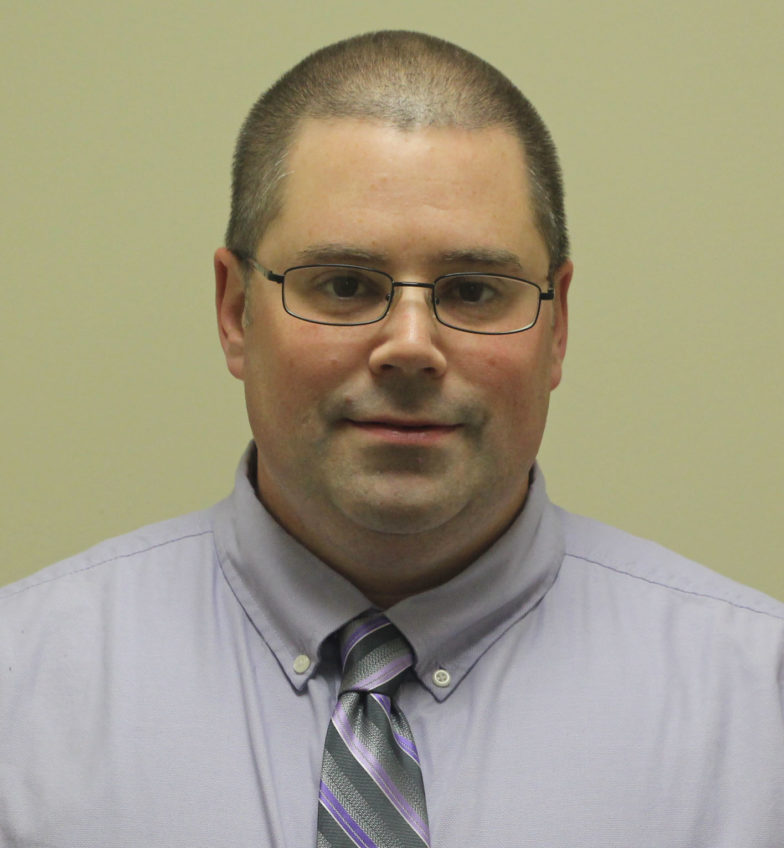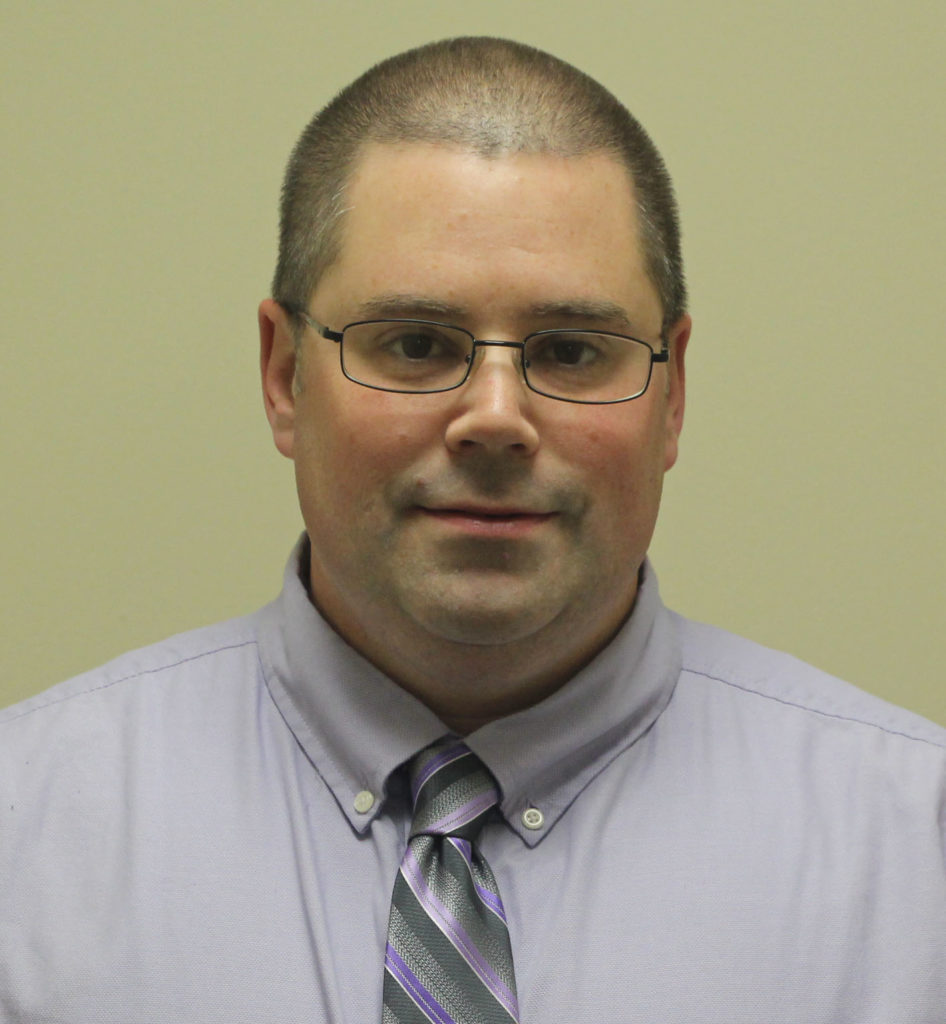

Rehabilitative care is the answer for many patients who show a change in mobility or performance in daily tasks, pain, and speech- and swallow-related challenges. When properly delivered, therapy intervention can improve quality of life in countless ways.
However, a recent study by the University of Rochester Medical Center on rehab services for end-of-life patients challenges the notion that appropriate therapy is used in the end-of-life setting. The study has been causing a stir of conversation in the rehab community. The study states that nursing homes, particularly for-profit facilities, may be pushing dying residents into unnecessary and potentially harmful high-intensity rehab services.
During my 15-year career in the rehab industry, I have spent time at county-run nursing homes, for-profit organizations and not-for-profits before taking on my current position as director of rehabilitation at St. John’s Home, a not-for-profit organization. In my past positions, I have seen a variety of approaches when it comes to patient care and what are deemed the best practices — some I agree with and some I don’t — including practices that align with this study’s findings.
The root of the findings
Determining the correct treatment for a patient should be simple. Find what’s best for the patient and take steps to move toward the ideal outcome. The focus should be on continuous adaptation to the patient’s tolerance and benefits. Unfortunately, as the University of Rochester study suggests, this may not be the case at some facilities. At times other factors seem to take precedent over clinical appropriateness, like maximizing revenue.
The study notes that the number of patients receiving ultra-high rehab services in New York State increased by 65% during the three-year period ending in 2015. Ultra-high refers to the minutes per day patients receive therapy. This equates to 720 minutes per week with at least two disciplines treating the patient, which translates to 12 hours of therapy in a seven-day period. By itself this finding does not particularly mean anything. There are many reasons it would be appropriate for a patient to receive ultra-high levels of therapy, even when they’re ill. The issue arises if the risks of this therapy to the patient outweigh the benefits and are ignored.
Determining what’s best for the patient is key
When it comes to finding the best treatment method for patients, I am a firm believer in individualized care. Rehabilitation should be all about the patient’s goals, abilities and comfort. Every patient should be given the opportunity to improve and be comfortable. It is our responsibility as rehab professionals to ensure patients are doing so in a safe and appropriate way.
For this to occur, a level of tremendous flexibility in rehab programs is needed. While a standard treatment is fine to have as a guide, patients and therapists should determine a treatment plan together. The plan should be based on feedback from the patient regarding pain and fatigue levels both during therapy sessions and afterward. This feedback can help avoid pushing patients into elevated levels of rehab that they do not want or is not clinically appropriate.
In addition, the environment rehab is conducted in needs to be considered. At some facilities, rehab gyms are packed with both short-term and long-term patients for their treatments. At St. John’s Home, we prefer to work with residents in their own environments. We work with residents in their rooms, where they can take on real challenges they experience in their everyday life. This is a more comfortable environment for residents to focus on their unique, evolving needs and challenges. This is the most effective therapeutic intervention. It also allows for their neighborhood/household Shahbaz, a versatile care worker, to participate in the treatment as a second set of hands. This gives the Shahbaz a familiarity with the treatment plan so when our rehab team steps back they can continue providing tailored care as well as monitoring residents for any changes.
We strongly believe that this team approach results in the best outcome for the residents here at St. John’s. It keeps a consistent line of communication open between doctors, nurses, social workers, Shahbazim and therapists.
Where should the industry go from here?
To avoid pushing patients into clinically inappropriate treatments, it is crucial we ensure everything that we do is medically indicated and wanted by the patient. The best way to do this is through patient feedback. Talk with your patients daily to guide the amount of time and intensity of treatment you provide them. Adjust as needed. I always instruct my team to start with the physician recommendations and make appropriate changes from there. The bottom line is that therapy is all about clinical need and patient choice.
As therapists, our job is to help people become more comfortable and independent than they were when they came to us. We can only do that through direct discussion with the patient and their families. This is necessary to create a flexible program and ensure consistent communication between team members.
Matt Rossman is the director of rehabilitation at St. John’s Home, a full-service senior care provider with options that range from independent living to skilled nursing and hospice in Rochester, NY. He has been a therapist in the senior care industry for 15 years.





